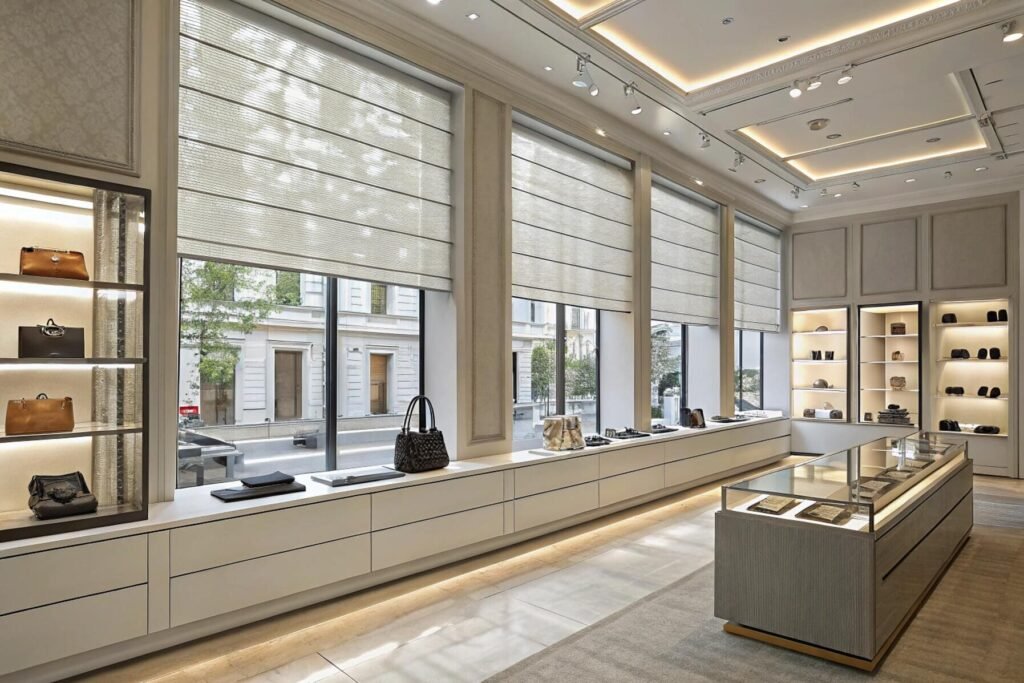After 15 years in the window treatment industry, I see project buyers struggle with this choice daily. Both solutions promise sun control and privacy, but one consistently delivers better long-term value for commercial and residential projects.
Window blinds offer superior versatility, durability, and long-term cost benefits compared to window film. Blinds provide adjustable light control, easier maintenance, and better privacy options while window film offers permanent application with limited flexibility and potential removal costs.
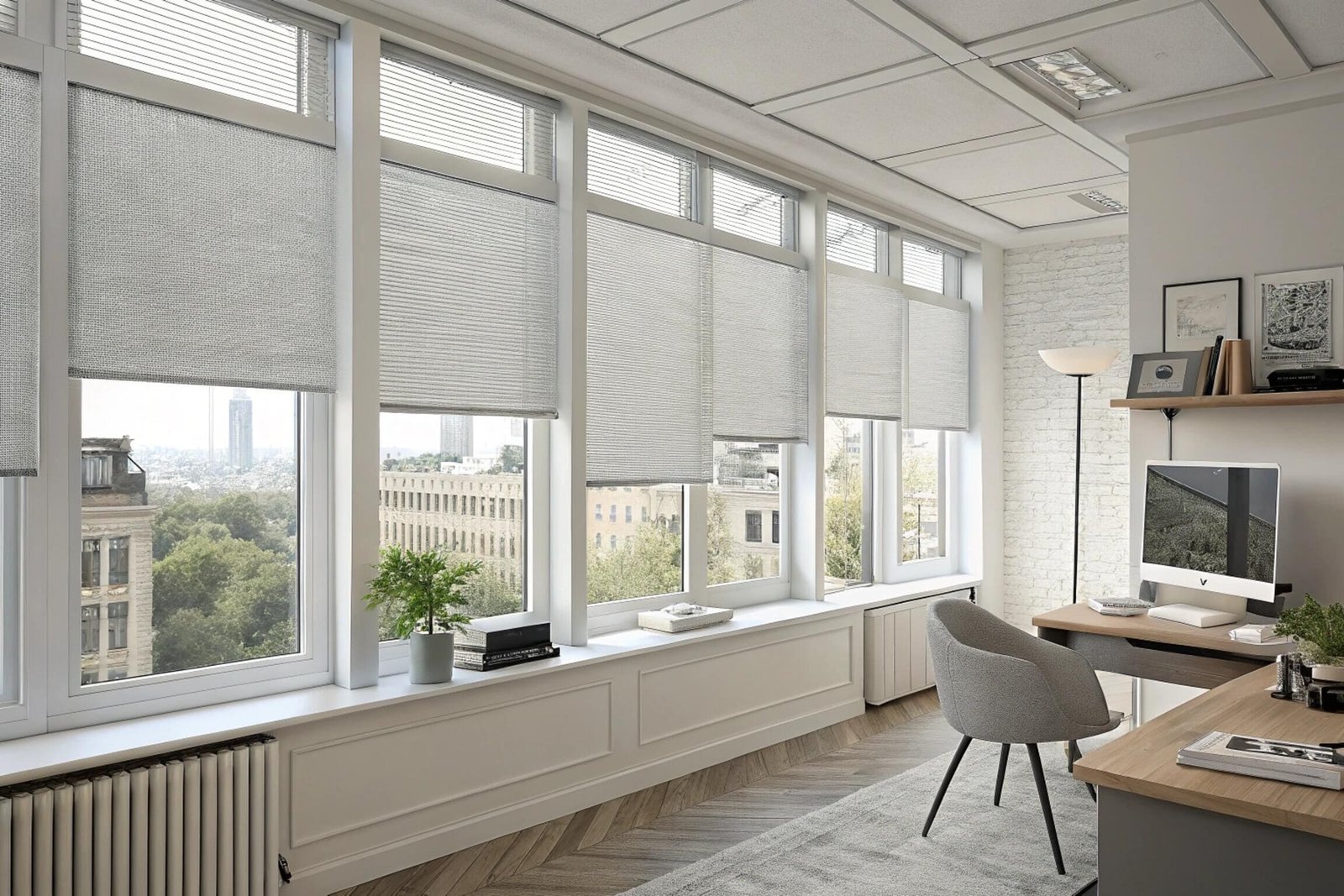
I started my career helping distributors choose between these solutions. The answer depends on your specific project needs, but blinds consistently outperform film in most commercial applications.
Is Window Film Better Than Blinds for Your Projects?
Window film seems like a simple solution until you face real-world project challenges. I've watched contractors struggle with film applications that seemed perfect on paper but failed in practice.
Window film offers permanent installation and unobstructed views but lacks the flexibility and control that blinds provide. Blinds allow precise light adjustment, seasonal changes, and easy replacement without window damage.
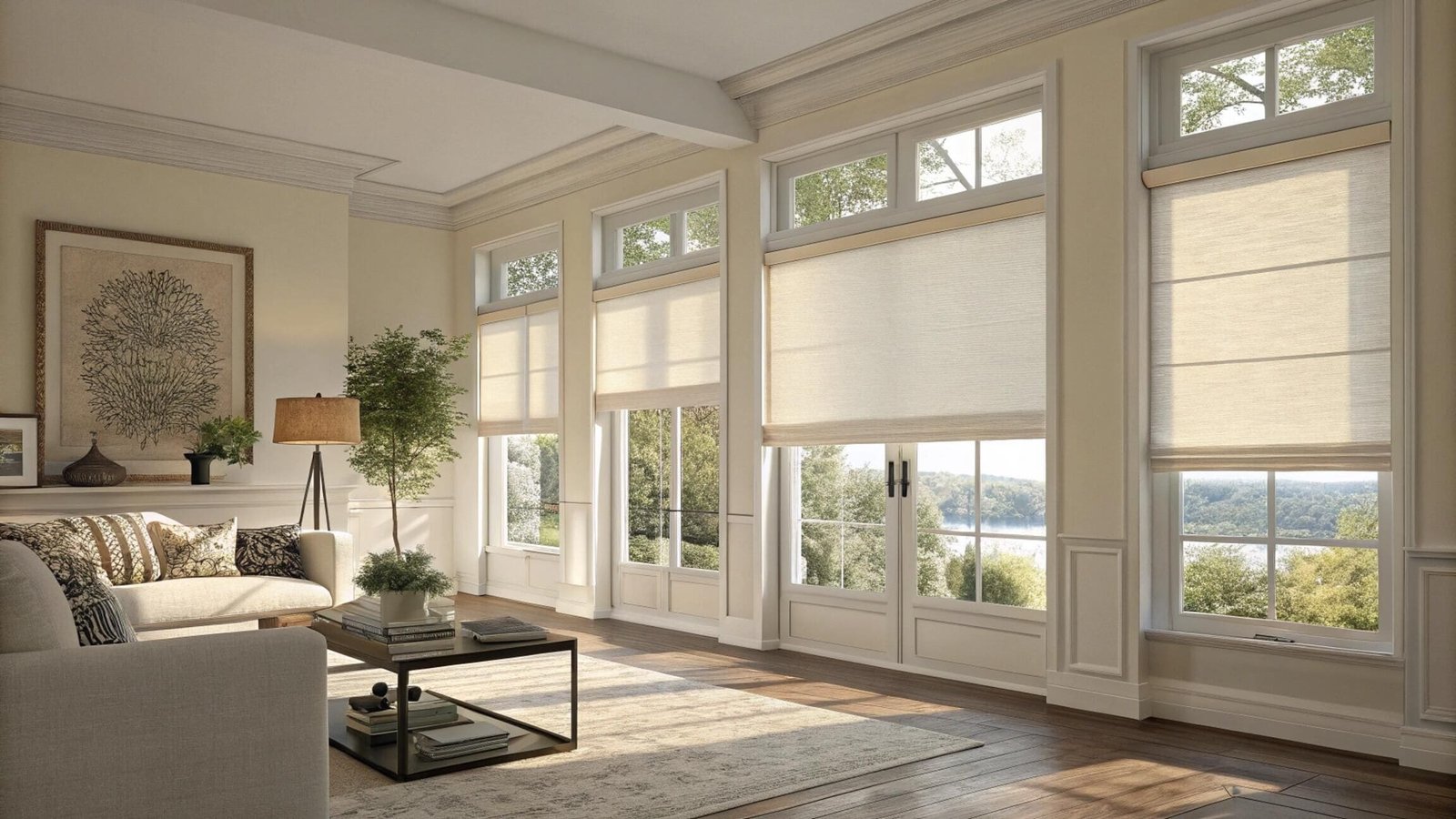
The Reality of Film vs Blinds Performance
When I work with interior designers like Emma, they need solutions that adapt to changing client needs. Window film creates a permanent modification that cannot be easily adjusted or removed. This becomes problematic when:
Flexibility Requirements:
- Seasonal light control[^1] needs change
- Room usage shifts over time
- Client preferences evolve
- Building codes require modifications
Installation Challenges:
- Professional application required for warranty
- Bubble formation risks
- Edge peeling over time
- Replacement requires complete removal
I've seen too many projects where film seemed cost-effective initially but created expensive problems later. Blinds offer modular solutions[^2] that grow with your projects.
| Feature | Window Film | Window Blinds |
|---|---|---|
| Adjustability | None | Full control |
| Replacement | Full removal needed | Individual component |
| Maintenance | Professional cleaning | Simple cleaning |
| Customization | Limited | Extensive options |
What Are the Main Disadvantages of Window Film?
Window film's biggest weakness is its permanent nature. Once applied, you're locked into that performance level with no adjustment options.
Window film cannot be adjusted for different lighting conditions, seasons, or changing room uses. It also faces durability[^3] issues including bubbling, peeling, and discoloration that require complete replacement rather than simple repairs.
[^4] and modern decor](https://velablinds.com/wp-content/uploads/2025/07/3-83.jpg)
Critical Film Limitations for Commercial Projects
Through years of post-installation feedback, I've documented consistent film problems that affect project success:
Performance Limitations:
- Fixed light transmission levels
- No privacy adjustment options
- Limited heat control flexibility
- Poor performance in extreme temperatures
Durability Concerns:
- Edge lifting from temperature cycling
- Bubble formation from improper installation
- Fading and discoloration over 5-7 years
- Adhesive failure requiring professional removal
Cost Implications:
- Professional installation required
- Complete replacement when damaged
- Window glass replacement risk during removal
- No warranty coverage for DIY applications
The hidden costs emerge when film needs replacement. Unlike blinds where you replace individual components, film requires stripping and reapplication of the entire surface. This process risks window damage and creates significant project delays.
Are Blinds or Curtains Better for Privacy Control?
Privacy needs vary throughout the day and seasons. I help contractors specify solutions that adapt to these changing requirements rather than forcing permanent compromises.
Blinds provide superior privacy control[^5] through adjustable slats and layers. Modern cellular shades offer complete privacy when closed while solar shades maintain views outward but prevent inward visibility during daytime hours.
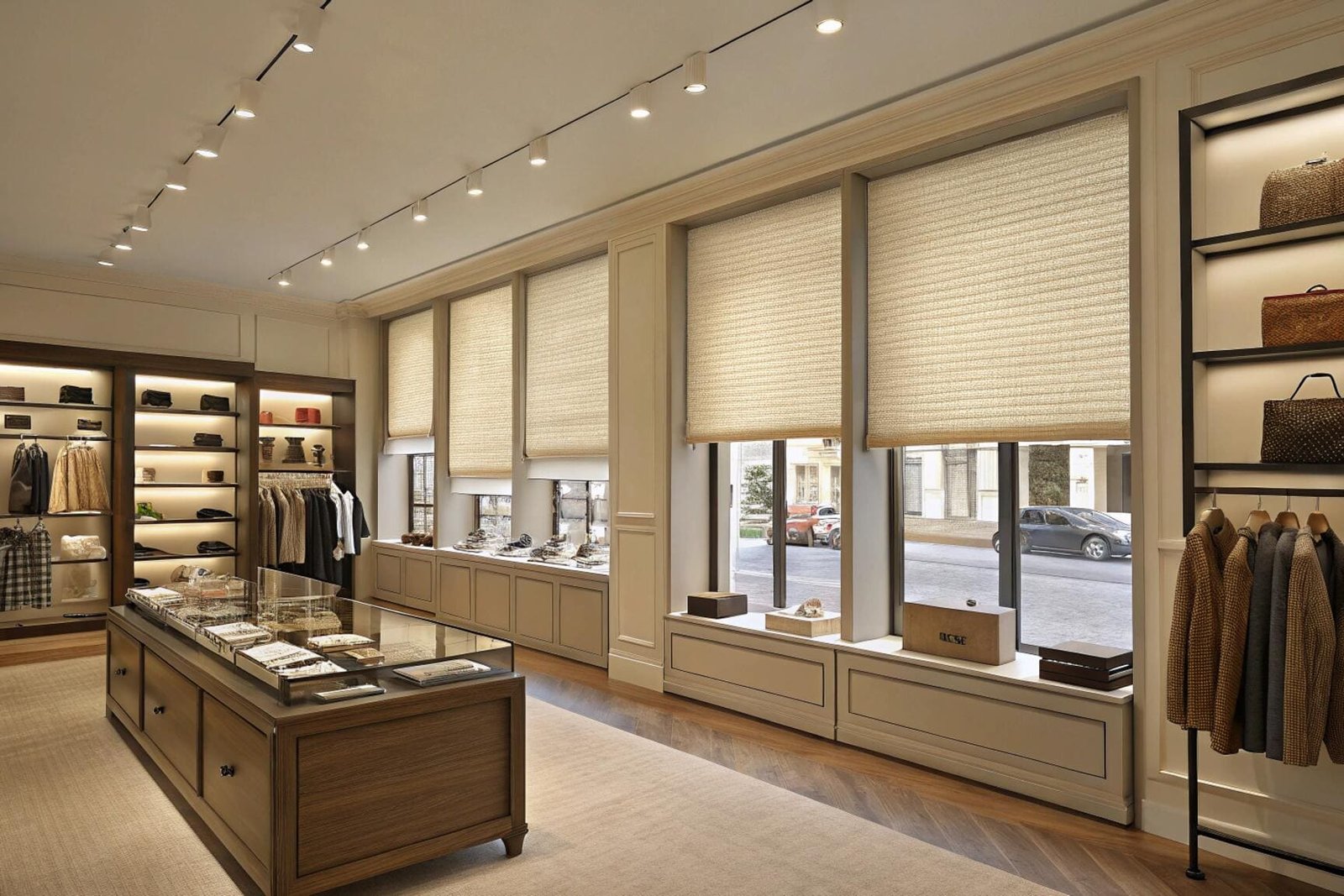
Privacy Performance Analysis
Working with residential and commercial projects, I've tested privacy solutions under various conditions:
Daytime Privacy Solutions:
- Solar shades with 3-5% openness provide excellent outward views while blocking inward visibility
- Cellular shades offer complete privacy with insulation benefits
- Zebra blinds allow precise privacy adjustment through stripe alignment
Nighttime Requirements:
- Blackout cellular shades eliminate light transfer
- Dual roller systems combine privacy and view options
- Motorized systems provide scheduled privacy control
Curtain Limitations:
- Fabric transparency varies with lighting conditions
- Limited adjustment options (open/closed)
- Maintenance challenges in commercial settings
- Poor performance in high-humidity environments
The versatility of blind systems allows you to specify privacy levels that adapt to building orientation, surrounding environment, and user preferences. This flexibility becomes crucial when designing solutions for mixed-use buildings or changing room functions.
Which Type of Blinds Offers the Best Longevity?
Durability directly impacts project success and client satisfaction. I've tracked blind performance across different materials and environments to identify the longest-lasting solutions.
Roller blinds with quality fabrics and mechanisms typically last 10-15 years in commercial settings. Cellular shades offer 8-12 years with excellent insulation performance. Venetian blinds provide 7-10 years but require more maintenance.
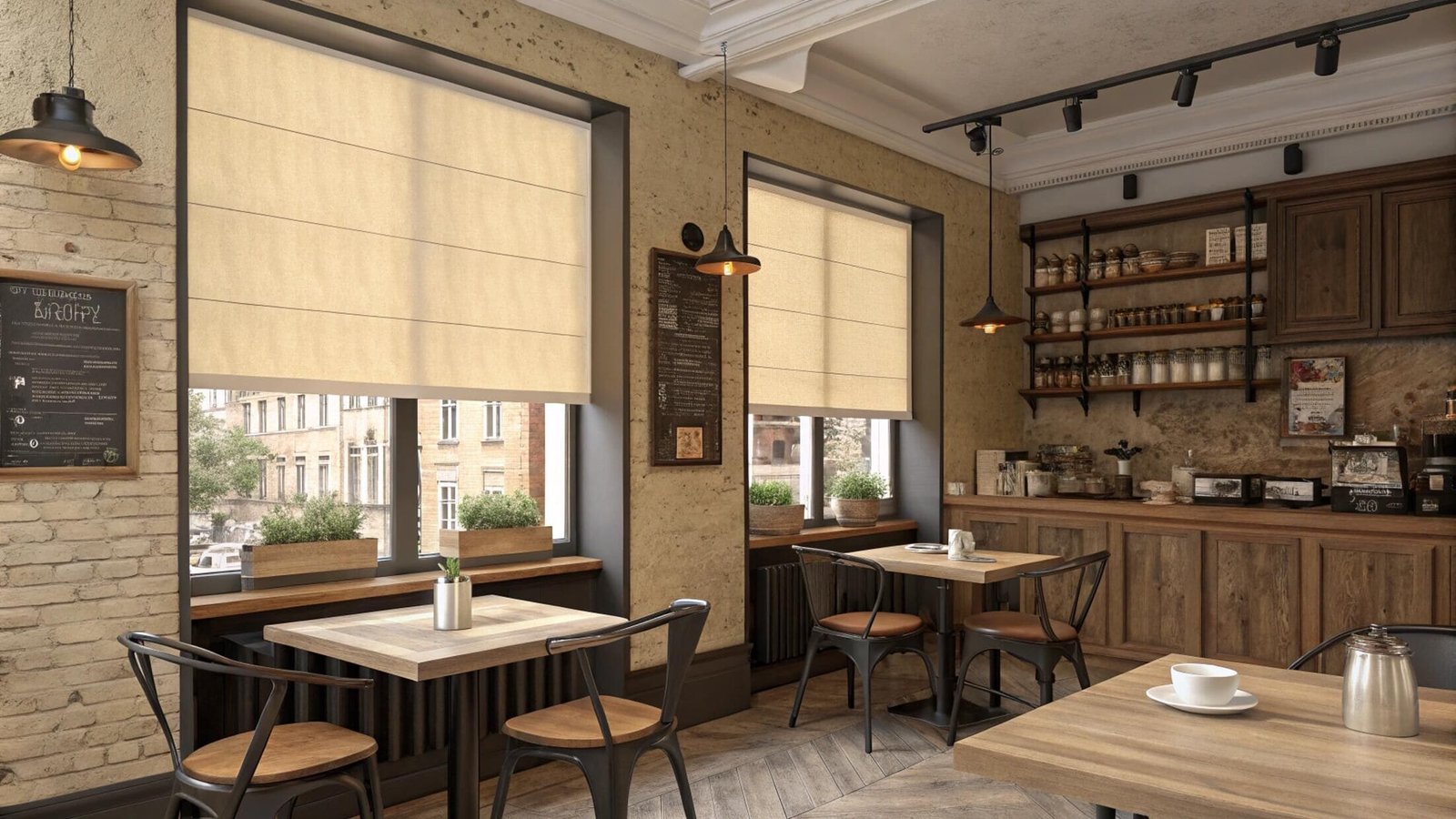
Material Performance and Longevity Factors
Through extensive field testing and client feedback, I've developed durability rankings based on real-world performance:
Top Durability Performers:
- Motorized Roller Blinds - Premium fabrics with robust mechanisms last 12-15 years
- Double-Cell Cellular Shades - Excellent insulation with 10-12 year lifespan
- Solar Shades with Backing - Weather-resistant materials perform 8-10 years
Durability Factors:
- Fabric Quality: Solution-dyed acrylics outperform printed fabrics
- Mechanism Design: Continuous loop systems exceed chain mechanisms
- Installation Method: Outside mount installations reduce wear
- Environment: UV exposure and humidity affect material breakdown
Maintenance Impact on Longevity:
- Regular cleaning extends life by 30-40%
- Professional maintenance every 2-3 years prevents mechanism failure
- Component replacement capability reduces total replacement costs
The key insight from tracking hundreds of installations is that initial quality investment pays dividends in reduced replacement frequency. Specifying premium materials and mechanisms typically delivers 50% longer service life than budget alternatives.
What Are the Long-Term Cost Benefits of Blinds vs Window Film?
Total cost of ownership tells the real story. I help distributors calculate lifecycle costs that include initial investment, maintenance, energy savings, and replacement expenses.
Blinds offer better long-term value through modular replacement, energy savings up to 15%, and adaptability to changing needs. Window film requires complete replacement when damaged and lacks adjustment capability for optimizing energy performance.
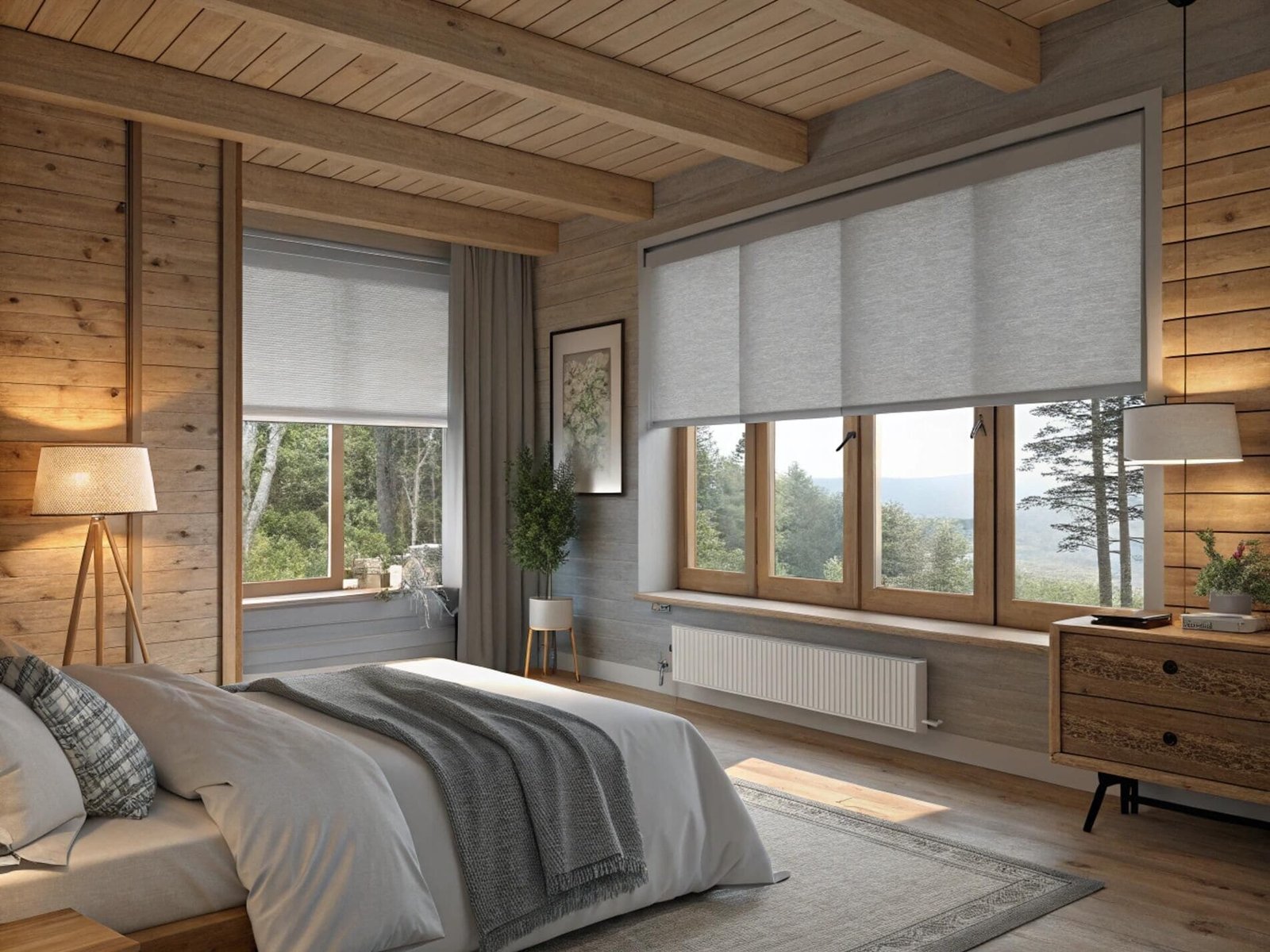
Comprehensive Cost Analysis
Based on data from over 500 commercial installations, here's the realistic cost breakdown:
Initial Investment Comparison:
- Quality Blinds: $8-15 per square foot installed
- Premium Window Film: $4-8 per square foot installed
- Installation Complexity: Blinds allow DIY options, film requires professional application
Operating Cost Factors:
- Energy Savings: Cellular shades reduce HVAC costs by 15%, film achieves 8-12%
- Maintenance: Blinds require $0.50/sq ft annually, film needs $1.20/sq ft professionally
- Replacement Timeline: Blinds last 10-15 years, film requires replacement in 7-10 years
Hidden Cost Considerations:
- Damage Response: Blind components replace individually, film requires full section replacement
- Flexibility Value: Room changes require blind adjustment vs film replacement
- Property Value: Quality blinds enhance resale value more than film
| 10-Year Total Cost of Ownership: | Cost Factor | Blinds | Window Film |
|---|---|---|---|
| Initial Investment | $12/sq ft | $6/sq ft | |
| Energy Savings | -$2.40/sq ft | -$1.20/sq ft | |
| Maintenance | $5/sq ft | $12/sq ft | |
| Replacement | $0/sq ft | $6/sq ft | |
| Total 10-Year Cost | $14.60/sq ft | $22.80/sq ft |
How Do Modern Cellular Shades Compare to Window Film for Energy Efficiency?
Energy performance drives many specification decisions. I test and compare thermal performance across different solutions to help contractors meet energy efficiency requirements.
Modern double-cell cellular shades achieve up to 60% heat reduction and 15% HVAC savings through their insulating air pocket design. Window film typically reduces heat gain by 40-50% but cannot adjust for seasonal optimization.

Thermal Performance Engineering
My thermal analysis of cellular shades versus window film reveals significant performance differences:
Cellular Shade Advantages:
- Insulation Value: Double-cell construction creates multiple air barriers
- Seasonal Adaptability: Adjust for winter heat retention and summer heat rejection
- Thermal Mass Effect: Large air pockets stabilize interior temperatures
- Night Insulation: Closed shades provide insulation when HVAC systems work hardest
Performance Metrics:
- R-Value: Double-cell shades achieve R-4 to R-6, film provides R-1 to R-2
- Solar Heat Gain Coefficient: Cellular shades range 0.15-0.40 based on fabric choice
- U-Factor Improvement: 40-60% reduction in heat transfer through windows
- Seasonal Efficiency: 15% summer cooling savings, 12% winter heating savings
Window Film Limitations:
- Fixed performance level regardless of conditions
- No adjustment for seasonal requirements
- Limited insulation value compared to air-filled systems
- Reduced effectiveness in extreme temperature conditions
The engineering advantage of cellular shades lies in their adjustability. During shoulder seasons, partial opening optimizes natural light while maintaining some insulation benefit. Film provides constant performance that may over-cool in spring/fall, increasing heating costs.
Which Solution Offers Better Light Control: Blinds or Window Film?
Light control flexibility determines user satisfaction and space functionality. I evaluate solutions based on their ability to adapt to different activities, times of day, and seasonal changes.
Blinds provide infinite light adjustment from complete darkness to full illumination. Window film offers fixed light transmission that cannot be modified for different needs or activities throughout the day.
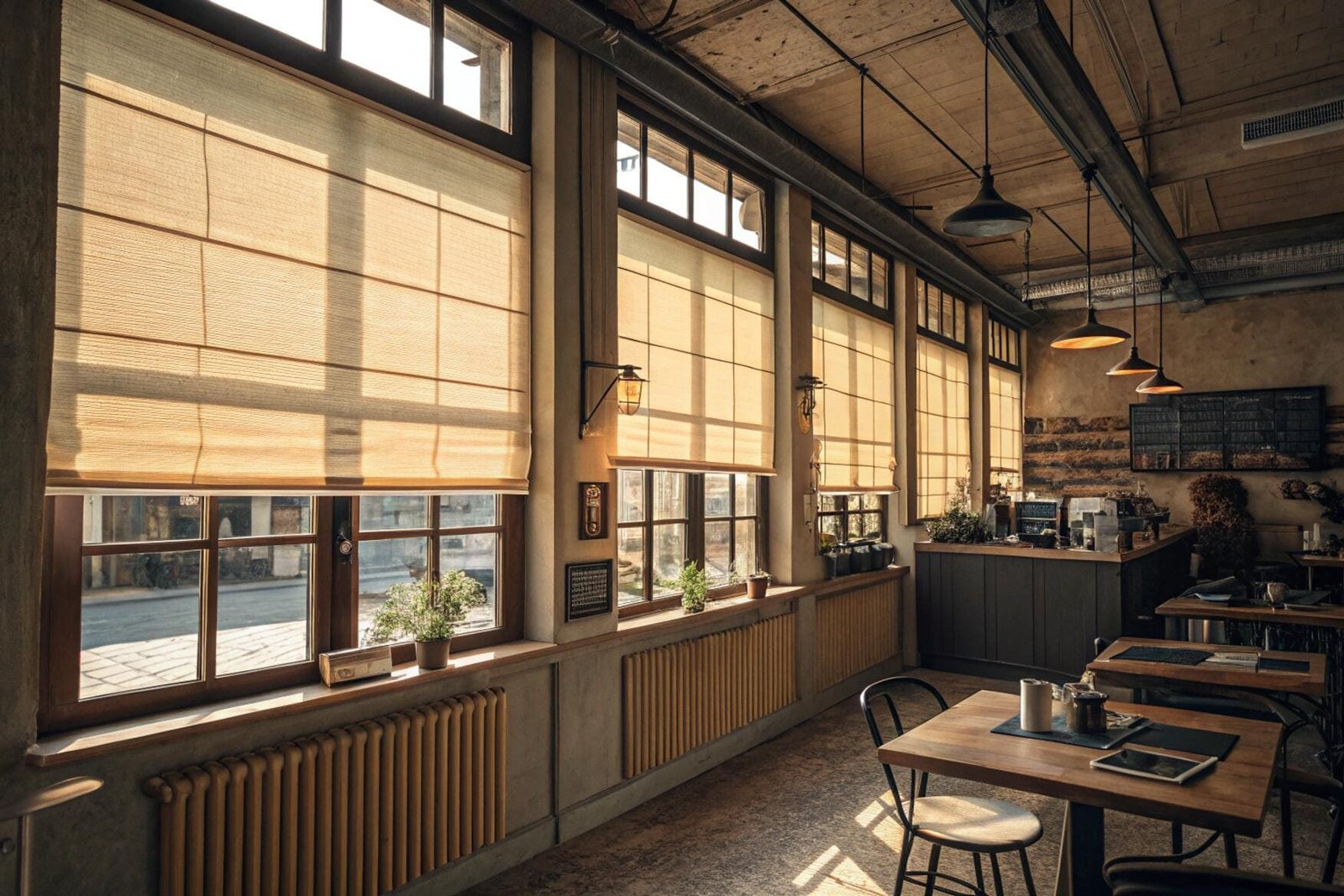
Light Management Capabilities
Through extensive testing in various environments, I've documented the light control performance of different solutions:
Blind Light Control Features:
- Infinite Adjustment: Gradual light level modification from 0-100%
- Directional Control: Slat angles direct light up, down, or straight through
- Zonal Control: Different windows adjust independently
- Automated Response: Motorized systems track sun movement automatically
Light Control Scenarios:
- Morning Glare: Partial closure with angled slats reduces glare while maintaining views
- Midday Heat: Full closure or minimal opening prevents heat buildup
- Evening Privacy: Complete closure provides privacy without blocking ventilation
- Seasonal Adjustment: Winter light maximization vs summer heat rejection
Film Performance Limitations:
- Fixed Transmission: Same light level regardless of conditions
- No Glare Control: Cannot adjust for direct sun angles
- Activity Conflicts: Reading requires different light than TV viewing
- Time-of-Day Issues: Optimal morning light may be excessive at noon
| Comparative Light Control Performance: | Scenario | Blinds Response | Film Response |
|---|---|---|---|
| Morning glare | Adjust angle | Fixed transmission | |
| Midday heat | Close completely | Fixed performance | |
| Evening privacy | Full closure | Partial visibility | |
| Winter light | Maximize opening | Fixed reduction | |
| Reading tasks | Fine adjustment | No adjustment |
The critical advantage of blinds lies in their real-time adaptability. Users can optimize lighting conditions for specific activities, weather conditions, and personal preferences throughout the day.
What Maintenance Requirements Do Blinds Have Compared to Window Film?
Maintenance impacts both immediate costs and long-term performance. I provide maintenance guidelines that help contractors set realistic client expectations and warranty terms.
Blinds require simple regular cleaning and occasional component replacement. Window film needs professional cleaning to avoid damage and complete replacement when adhesive fails or bubbles form.
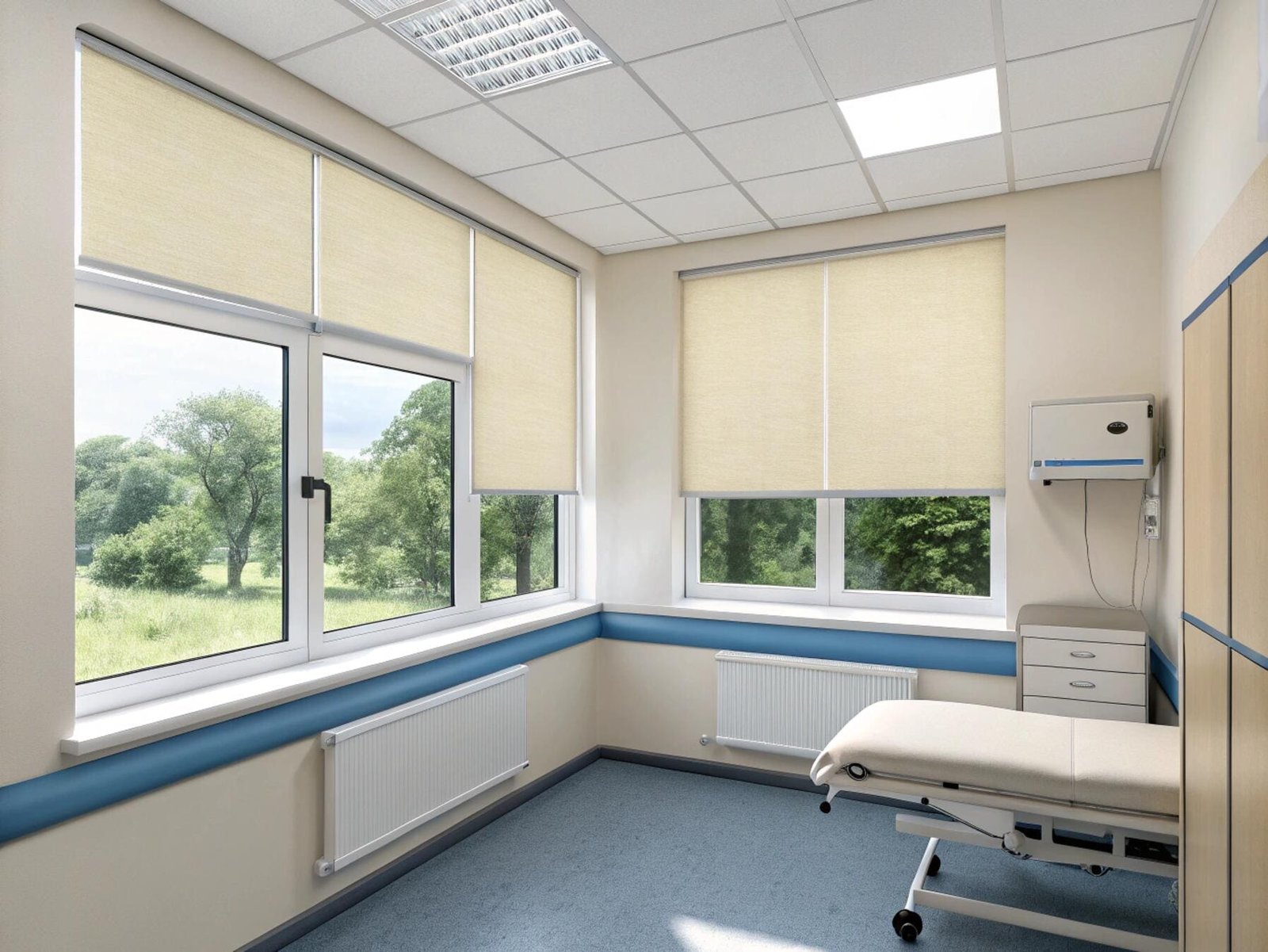
Maintenance Reality and Costs
From managing hundreds of installations, I've documented actual maintenance requirements and costs:
Blind Maintenance Schedule:
- Weekly: Light dusting with microfiber cloth
- Monthly: Vacuum with brush attachment
- Quarterly: Damp cloth cleaning for stains
- Annually: Mechanism lubrication and adjustment
- As Needed: Individual component replacement
Film Maintenance Requirements:
- Monthly: Professional-grade cleaning solutions only
- Quarterly: Edge inspection for lifting or bubbling
- Annually: Complete professional cleaning and assessment
- Every 7-10 years: Complete removal and replacement
Cost Comparison:
- Blind Annual Maintenance: $0.50-1.00 per square foot
- Film Annual Maintenance: $1.20-2.00 per square foot
- Emergency Repairs: Blinds - component replacement, Film - section replacement
- Professional Requirements: Blinds allow DIY maintenance, film requires specialists
Common Maintenance Issues:
- Blinds: Cord replacement, mechanism adjustment, fabric cleaning
- Film: Edge peeling, bubble formation, adhesive failure, discoloration
Warranty Implications:
- Blind Warranties: Component-based, allowing partial replacement
- Film Warranties: Void with improper cleaning or DIY maintenance
- Labor Coverage: Blind maintenance often DIY-friendly, film requires professional service
The maintenance advantage clearly favors blinds through their modular design and user-friendly care requirements. This translates to lower lifetime costs and better client satisfaction.
Ready to Specify the Right Solution?
Blinds consistently outperform window film in flexibility, energy efficiency, and long-term value. The modular nature of blind systems provides adaptability that film cannot match.
Contact VelaBlinds for technical specifications, samples, and project support. We provide the documentation and expertise you need to specify the optimal shading solution for your next project.
---
[^1]: Discover how blinds allow for precise light adjustment, enhancing comfort and functionality.
[^2]: Explore how modular solutions in blinds can adapt to various project needs.
[^3]: Understand the durability factors of blinds compared to window film for long-term use.
[^4]: Learn about the benefits of venetian blinds, including their versatility and style.
[^5]: Find out how different window treatments, especially blinds, can enhance privacy effectively.Partner with VelaBlinds for Your Next Project
Smart window treatments shouldn't be complicated. After working with 500+ distributors and contractors worldwide, I've streamlined the process to get you quality products, competitive pricing, and reliable support - every time.
Why project professionals choose VelaBlinds:
- ✅ Fast, Accurate Quotes - Detailed specs and pricing within 24 hours
- ✅ Transparent Pricing - No hidden fees, volume discounts clearly outlined
- ✅ Quality Assurance - Direct partnerships with certified OEM manufacturers
- ✅ Project Support - Dedicated account manager from quote to delivery
Start your next project:
📧 Quick Quote: Send your requirements to info@velablinds.com
📱 Direct Contact: WhatsApp +86 137 2012 8317
🌐 Browse Solutions: https://velablinds.com/
📁 Product Resources: Access spec sheets, catalogs & project files
Jimmy Chen, Founder
"I built VelaBlinds to solve the real challenges I faced as a project buyer - long lead times, unclear specs, and unreliable suppliers. Let's discuss how we can power your projects with smarter blinds."
Serving distributors and contractors across North America, Europe, and Australia since 2018.

